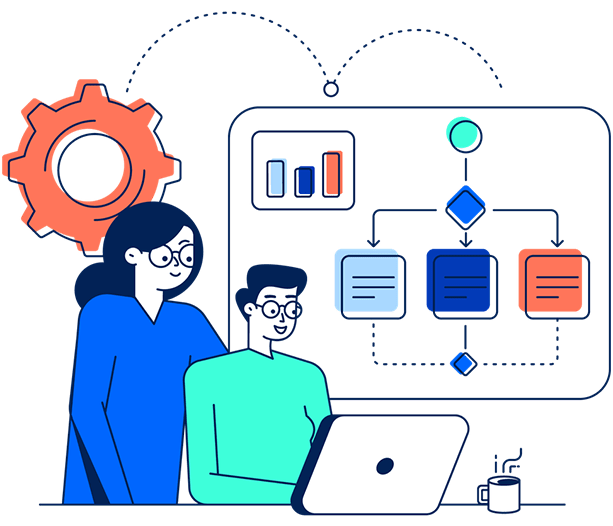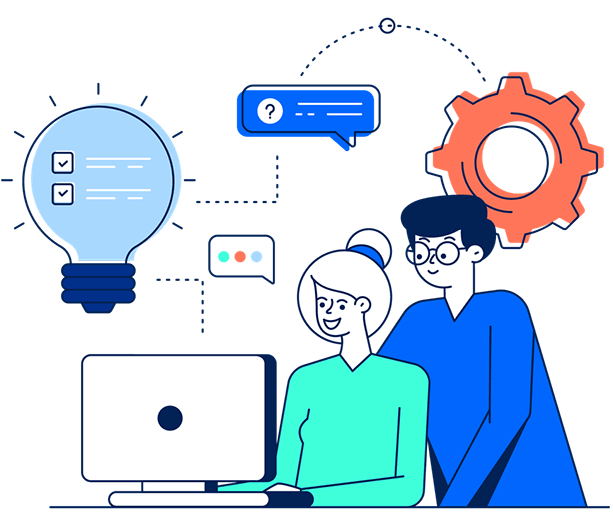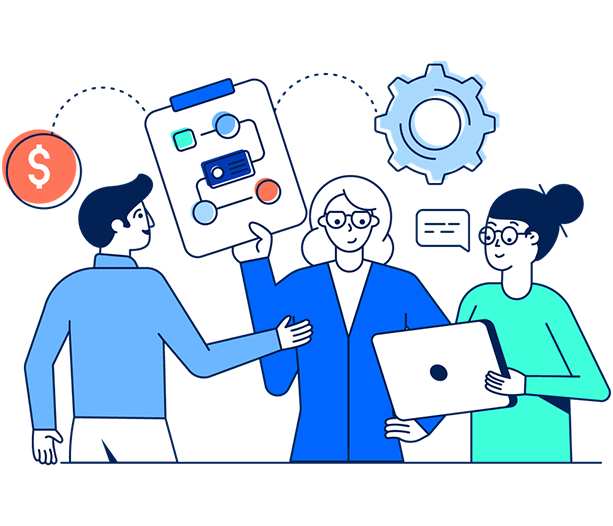
Data Integration and ETL (Extract, Transform, Load) pipelines play a crucial role in today's data-driven landscape. Organizations need to merge and transform data from diverse sources to unlock valuable insights. With the emergence of AI-powered models like ChatGPT, organizations can streamline and optimize these pipelines. This article explores the significance of Data Integration and ETL and illustrates how ChatGPT can provide practical guidance through real-world examples.
Data Integration involves merging data from various sources to establish a unified view, ensuring consistency and eliminating redundancies. ETL encompasses the steps of extracting data from source systems, transforming it to meet specific requirements, and loading it into target systems or data warehouses. These processes are vital for maintaining data quality, facilitating informed decision-making, and uncovering actionable insights.
ChatGPT, with advanced natural language processing capabilities, serves as a valuable tool to support Data Integration and ETL. Let's explore how ChatGPT can assist at each stage with real-world examples:
Pipeline Design
User: We want to design an ETL pipeline to consolidate customer data from our CRM, website, and social media platforms. How should we proceed?
ChatGPT: Consider utilizing an ETL tool like Informatica or Talend. Extract customer data from the CRM using its API, integrate website data by extracting and transforming data from your web analytics tool, and leverage social media APIs to collect relevant data. Transform and cleanse the data to ensure consistency, then load it into a centralized database for analysis and reporting.

Data Source Integration
User: We have customer data stored in MySQL databases, Salesforce, and Google Sheets. How can we integrate them?
ChatGPT: Integrate MySQL databases by establishing database connections and leveraging SQL queries to extract the required data. For Salesforce, use the Salesforce Connector to extract customer data via the Salesforce API. Extract data from Google Sheets using Python libraries like gspread or Pandas. Combine these sources using ETL tools like Apache NiFi or Talend to integrate and transform the data into a unified format.

Mapping and Transformation
User: We have product information with different field names across various sources. How can we map and transform them consistently?
ChatGPT: Create a mapping document that defines the correspondence between the fields in different sources. For example, map 'ProductID' in one source to 'ItemCode' in another. Leverage data integration tools like Apache Atlas or OpenRefine to analyze the data and identify patterns for accurate mapping. Apply transformation techniques like data normalization or concatenation to ensure consistent formats and unify the data across sources.

Automation and Workflow Optimization
User: We want to automate our ETL pipeline for regular updates. How can we achieve this?
ChatGPT: Consider using workflow orchestration tools like Apache Airflow or AWS Step Functions to automate the ETL pipeline. Design a workflow that triggers data extraction, transformation, and loading tasks at scheduled intervals or when new data arrives. Utilize serverless ETL services like AWS Glue or Google Cloud Dataflow for scalable and automated data processing, ensuring efficient and timely updates.

Error Handling and Exception Handling
User: How can we handle errors during the data integration process?
ChatGPT: Implement error handling mechanisms such as retry logic to handle temporary connectivity issues or transient errors during data extraction or transformation. Utilize logging frameworks like Log4j or ELK Stack to capture and analyze error logs, enabling effective troubleshooting and issue resolution. Implement data validation checks using tools like Great Expectations or Apache Nifi to ensure data quality, such as verifying data completeness, accuracy, and consistency.

Conclusion
By incorporating these strategies, organizations can enhance the reliability and integrity of their data integration pipeline. Data Integration and ETL pipelines are vital for organizations seeking to harness the full potential of their diverse data sources. With the aid of ChatGPT, organizations can effectively navigate the complexities of data integration and ETL processes.
By leveraging the capabilities of ChatGPT, organizations can streamline pipeline design, optimize data source integration, ensure accurate mapping and transformation, automate workflows, and implement robust error handling mechanisms. The real-world examples provided demonstrate the practical application of ChatGPT in addressing common data integration challenges.
Whether it involves merging customer data from various systems, integrating data from disparate sources, or mapping and transforming fields consistently, ChatGPT provides valuable guidance tailored to specific scenarios. By conversing with ChatGPT, organizations can tap into its knowledge and expertise, facilitating smoother data integration and ETL processes.
In conclusion, harnessing ChatGPT for data integration and ETL empowers organizations to unlock actionable insights from their data assets. By capitalizing on the model's capabilities, organizations can streamline operations, enhance data quality, and make informed decisions. With ChatGPT as a trusted assistant, organizations can navigate the complexities of data integration and ETL with greater efficiency and precision, enabling them to drive innovation and achieve success in today's data-driven world.
Recommended Articles

How is Data Science shaping the future of Modern Data Warehousing?
With evolving technologies and the growing complexity of business requirements, data has become more critical than ever. Data forms the backbone for all business decisions. In the years to come, data science will become a core factor in empowering business users and offering them greater autonomy in work by unleashing the power of modern data warehouses.
Read More

How Cloud-based Security is benefitting Data-driven Organizations?
Cloud computing is one of the trendiest new world technologies. It has already hit several milestones and is regularly shaping the way we experience technology in our world. As cloud infrastructure grows, cloud security is also becoming an important part of today’s businesses.
Read More

Key Business Metrics that are important for your Company to track
Business analytics is a combination of data mining, statistical analysis, predictive analysis, and more such fields which together help a company understand its current performance, analyze the data to get insights on it, and find ways to improve it.
Read More
Contact Us
Decision Minds
Leaders in Cloud Analytics, Multi-Cloud deployments, Business Intelligence and Digital Engineering.
Interested in doing a project with us? We would love to hear from you.
Enquiries: sales@decisionminds.com
Careers: career@decisionminds.com
42840 Christy St, Ste. 112
Fremont, CA 94538,
Phone: (408) 940-5734
Fax: (408) 709-1830, sales@decisionminds.com
1205 BMC Drive, Ste.122,
Cedar Park, TX 78613
Unit No G03, Ground Floor,
C2 Block, Brigade Tech Gardens,
Brookfield, Bengaluru,
Karnataka - 560037

